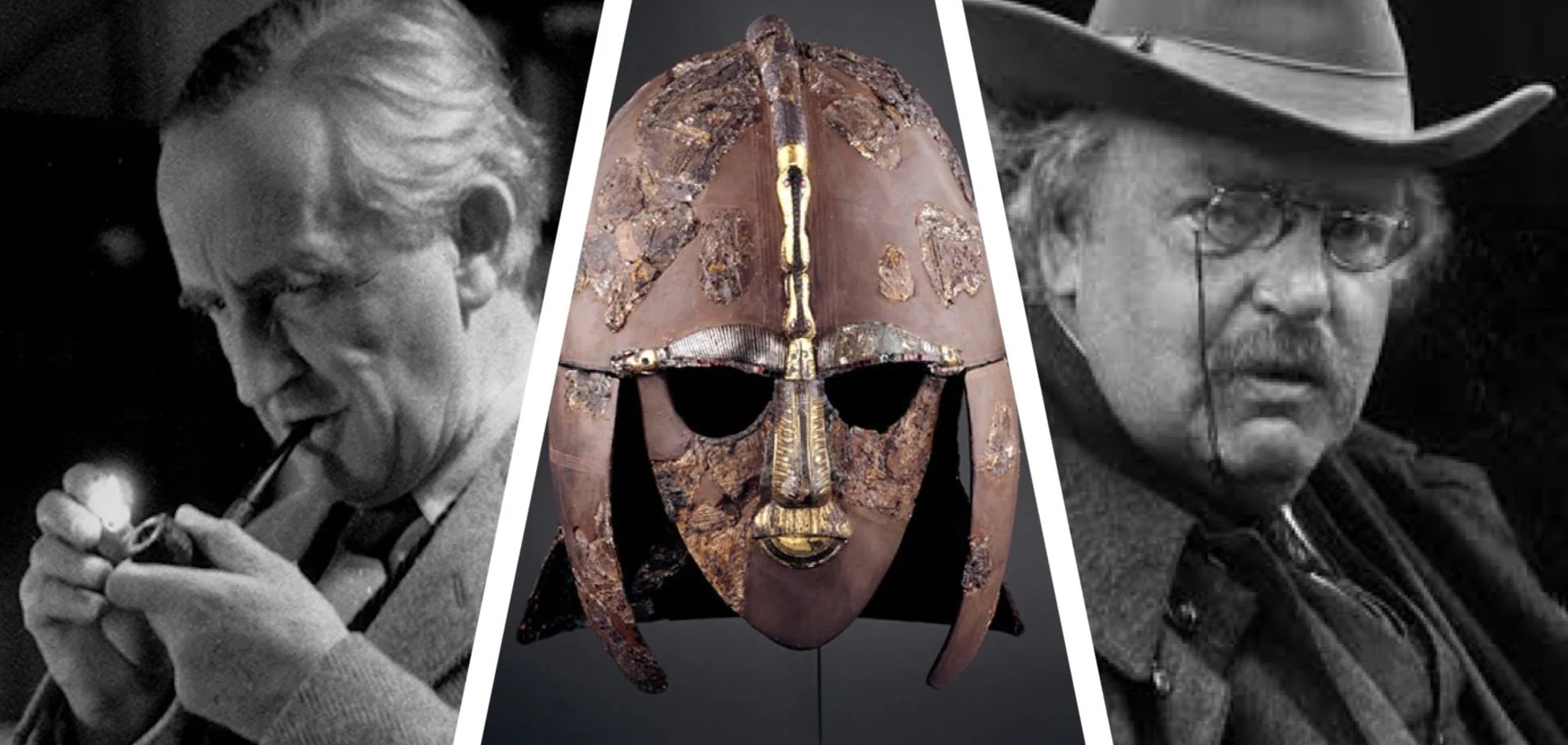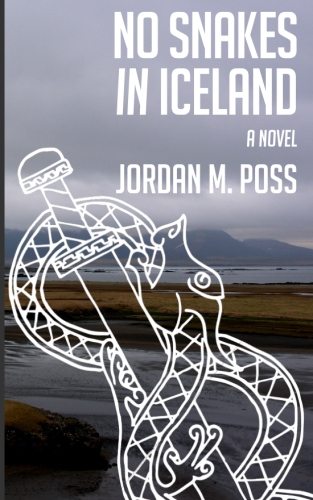Artistic appreciation comes first
/I was revisiting Chesterton’s Everlasting Man over the weekend and was struck by this passage in the opening paragraph of Chapter V, “Man and Mythologies”:
It seems strangely forgotten nowadays that a myth is a work of imagination and therefore a work of art. It needs a poet to make it. It needs a poet to criticize it. There are more poets than non-poets in the world, as is proved by the popular origin of such legends. But for some reason I have never heard explained, it is only the minority of unpoetical people who are allowed to write critical studies of these popular poems. We do not submit a sonnet to a mathematician or a song to a calculating boy; but we do indulge the equally fantastic idea that folk-lore can be treated as a science. Unless these things are appreciated artistically they are not appreciated at all.
That last line is gold.
What I found striking was that Chesterton is essentially making the same point about understanding and interpreting mythology in general that Tolkien was in his lecture “Beowulf: The Monsters and the Crtiics.”
“Unless these things are appreciated artistically they are not appreciated at all.”
Early on Tolkien asks “why should we approach this, or indeed any other poem, mainly as an historical document?” And after summarizing the many prevailing angles of scholarship—and sometimes mere prejudice—from which Victorian and early 20th century scholars dismissed Beowulf as worthy of study, he argues: “[I]t is plainly only in consideration of Beowulf as a poem, with an inherent poetic significance, that any view of conviction can be reached or steadily held.”
And he makes his point about the misunderstood—or simply missed—artistic purpose of the poet in a famous allegory:
A man inherited a field in which was an accumulation of old stone, part of an older hall. Of the old stone some had already been used in building the house in which he actually lived, not far from the old house of his fathers. Of the rest he took some and built a tower. But his friends coming perceived at once (without troubling to climb the steps) that these stones had formerly belonged to a more ancient building. So they pushed the tower over, with no little labour, in order to look for hidden carvings and inscriptions, or to discover whence the man’s distant forefathers had obtained their building material. Some suspecting a deposit of coal under the soil began to dig for it, and forgot even the stones. They all said: ‘This tower is most interesting.’ But they also said (after pushing it over): ‘What a muddle it is in!’ And even the man’s own descendants, who might have been expected to consider what he had been about, were heard to murmur: ‘He is such an odd fellow! Imagine his using these old stones just to build a nonsensical tower! Why did not he restore the old house? He had no sense of proportion.’ But from the top of that tower the man had been able to look out upon the sea.
This is not to deny the value of doing the historical, cultural, and linguistic spadework to gain better understanding of mythology and its place in a given culture. That would be an overcorrection, as Tom Shippey has argued, in Beowulf and the North Before the Vikings, that Tolkien’s lecture unintentionally swung the pendulum too far away from studying Beowulf for its history, so that Beowulf and Hrothgar are assumed to have the historicity of Leda and the swan.
These things require balance, but the artistic and imaginative—what Chesterton elsewhere in the same book called “the inside of history”—must come before historical parsing and sociological datamining. Once the artistic purpose is understood, what the myth-makers were hoping to see or show us from the top of their construction, the rest will fall more clearly into place.





